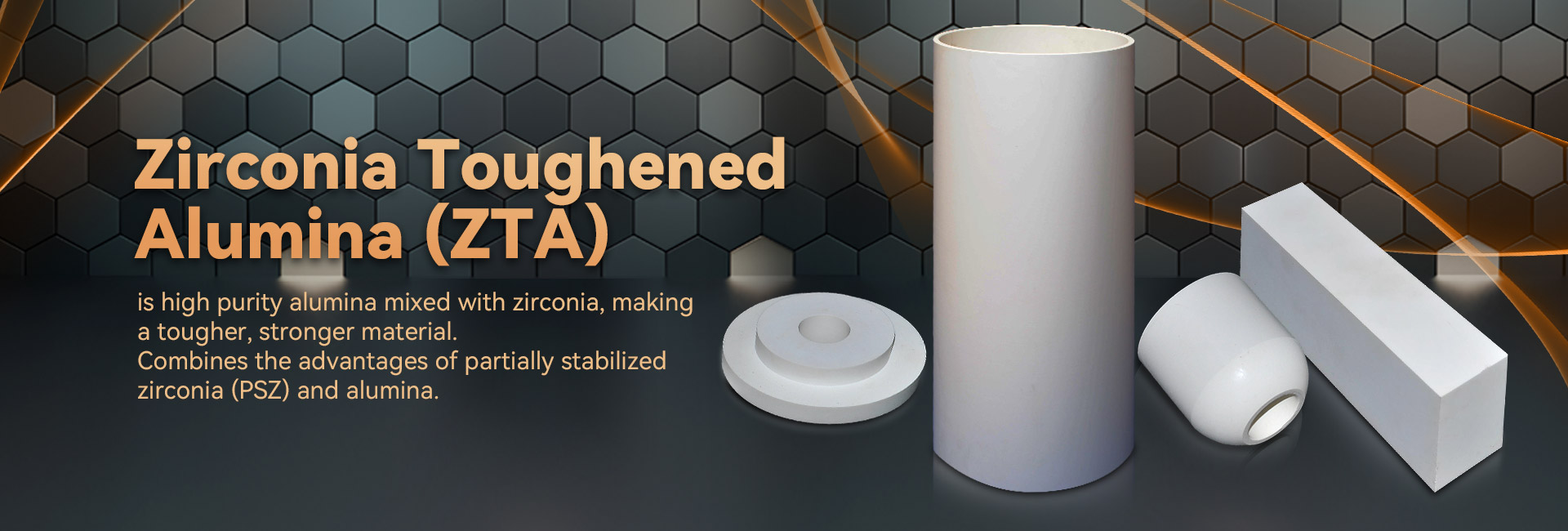
Mechanical ceramic reveal remarkable material peculiarities, enabling them preferable for a wide spectrum of operations. Deriving from aviation and motoring to tech hardware, these ceramics are rapidly improving to match the preconditions of a modern society.
- Their durability and immunity to harsh environments make them vital for top-tier equipment.
- Besides, technical ceramics furnish merits in terms of performance, promoting the advancement of cutting-edge technologies.
Forming Composites: Created for Exceptional Functionality
Manufactured ceramics thrive in tough deployments due to their unparalleled facets. Built from handpicked raw substances and exposed to stringent processing methods, these modern products showcase exceptional resilience, oxidation resistance, and endurance to intense climatic conditions, chemical attack, and wear. From orbital units to fine crafting tools, industrial ceramics furnish unique operation across several markets. Their elasticity allows resisting harsh locales, securing continuance and steadfastness. As modernization progresses, the need for leading-edge substances grows, cementing the central stance of industrial ceramics in shaping a advanced period.
Leading-Edge Ceramics: Breaking Fabric Frontiers
Elements, displaying extraordinary sturdiness and longevity, are underwent a reformation. Modern ceramics, crafted with scrupulous control over their arrangement and granularity, breaking the edges of what is conceivable. These composites demonstrate a vast assortment of qualities, designating them best suited for challenging applications such as aerospace, medicine, and utilities. From weighted minimally parts that can endure extreme climatic environments to bioinert implants that meld fluidly with the biological system, advanced ceramics are redefining our surroundings.
Exact Ceramic Assembly: Accomplishing Stringent Requirements
Engineered ceramic fabrication has developed considerably in recent cycles, facilitating the assembly of sophisticated and highly functional ceramic modules. These items are key across a wide range of sectors, including outer space, clinical, and device domains. Satisfying the rigorous conditions for these applications calls for careful fabrication methods that maintain dimensional authenticity, surface quality, and material traits. Innovative ceramic fabrication processes employ numerical methods, including slip casting, injection molding, and additive manufacturing. These procedures support the construction of complex shapes and fine characteristics with supreme steadiness. Equally important, advances in material engineering have led to new ceramic formulations endowed with strengthened features. These ceramics exhibit increased power, survivability, and tolerance to demanding environmental conditions, permitting their use in demanding sectors.
The expectations for meticulous ceramic fabrication are tremendous. As investigations and development move ahead, we can predict even more state-of-the-art approaches and materials that will likewise grow the confines of what is feasible in this domain.
High-Strength Ceramic Forms for Harsh Locales
Ceramic forms maintain extraordinary durability and antagonism against challenging ambiences, making them suited for stringent deployments in military fields. These progressive ceramics can resist forceful temperature loads, withstand deterioration, and retain their structural integrity under critical performance burdens. Their unique mineralogical specifications equip dependable operation in hostile locales, including kilns, power units, and power stations.
- Engineered ceramic blends
- Temperature durability
- Low-weight construction
Specialized Ceramics: Consolidating Sturdiness and Effectiveness
Combined ceramics convey a convincing mix of mechanical robustness and distinct functional abilities. Through the merging of ceramic elements within a copyright, these mixtures achieve exceptional capabilities. This mixture results in heightened immunity against high heat, wearing, and chemical degradation, rendering them advantageous for demanding assignments in astronautics, vehicles, and utilities fields. Furthermore, ceramic composites are configured to possess individual properties like electrical conductivity or biocompatibility, enhancing their reach across diverse realms.
Structural Handling in State-of-the-Art Ceramics
Accomplishing expected characteristics in leading ceramics routinely demands scrupulous supervision over their internal structure. Multiple production aspects, including sintering heat level, period, and atmosphere, alongside the integration of dopants or additive phases, meaningfully modify the alignment of grains, void fraction, and other microstructural features. Thorough optimization of these criteria allows for the amplification of strength, breakage resistance, and conductive conductivity. Such as, boosting the sintering firing temperature can enhance grain development, thus increasing density and improving mechanical fortitude. Conversely, handling the firing atmosphere may transform the oxidation form of the ceramic, thereby influencing its electrical capacitance or magnetic influences. Perceiving these relationships between microstructure and properties is fundamental for developing advanced ceramics with bespoke functionality suitable for wide positions.
Durability-Enhancing Ceramics: Boosting Robustness
During hard-wearing manufacturing realms, where parts are strained to constant abrasion and deterioration, materials with excellent hardness are essentially indispensable. Wear-resistant ceramics have materialized as a foremost solution, granting unparalleled robustness and functionality in wide-ranging sectors such as assembly, mining, and aerospace. These cutting-edge compounds possess a singular internal formation that strengthens their ability to oppose wear. By employing the fundamental toughness and compression of ceramic compounds, engineers can design sturdy parts capable of enduring the most severe operating circumstances.
Health-Safe Compounds: Functions in Medical Science
Medical-grade ceramics have revolutionized the healthcare specialty, presenting an array of valuable traits for various applications. These articles are passive within the physiology, minimizing inflammatory responses and promoting mending. A prime role for biocompatible ceramics is in bone fixation devices, where their strength sustains long-lasting foundation to damaged organ structures.
Additionally, they are deployed in oral surgery, presenting a robust and pleasing solution for dental implants. Ceramics also play a key place in pharmaceutical formulations, supporting the targeted distribution of compounds to specific areas within the living entity.
- Moreover, biocompatible ceramics are more often being probed for tissue engineering, serving as a support for replacement.
- Because of this, the outlook of biocompatible ceramics in clinical practice looks favorable, with continual explorations expanding their potential.
High-Tech Ceramic Sensors: Supporting Trustworthy Observations
Sensitive ceramic devices have arisen as essential elements across a broad array of industries. These detectors use the distinctive ceramic rod characteristics of ceramic types to deliver highly valid observations. Their resistance in {demanding|harsh| 